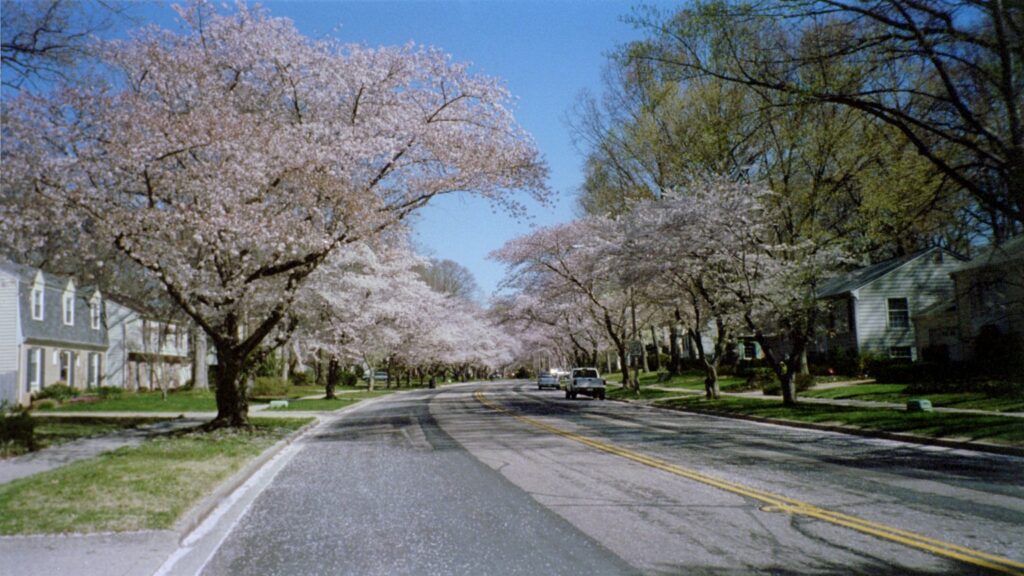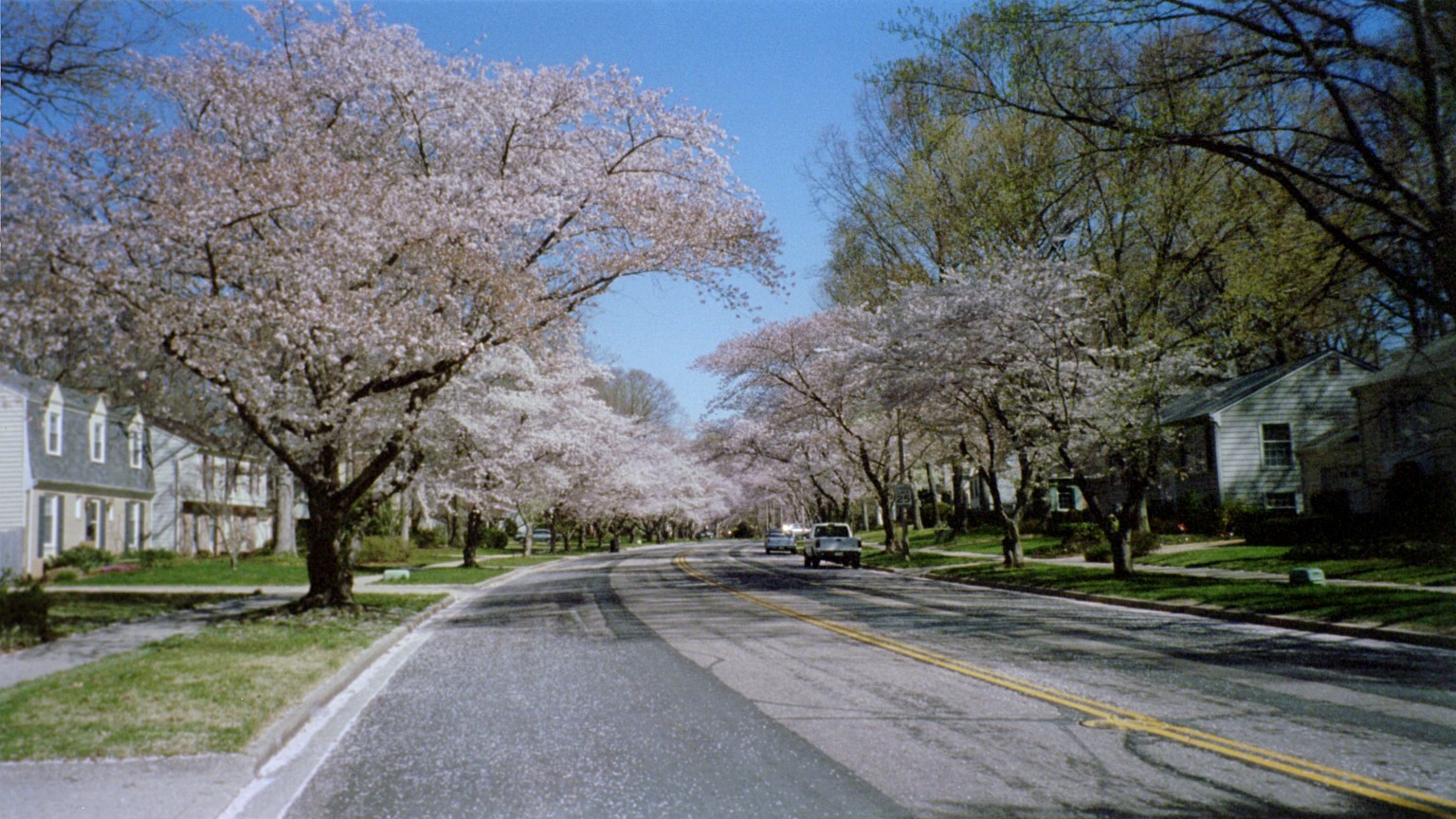Crofton, Maryland: A Short History of a Planned Community
Early geography and colonial era background
Nestled in northwestern Anne Arundel County, Crofton, Maryland, is a textbook example of mid-20th-century planned-suburb development: conceived on paper, built on farmland, and grown into a sizable commuter community serving the Baltimore–Washington corridor. Officially launched in the fall of 1964, Crofton began as a deliberately planned residential enclave anchored by green space, a golf course, and a homeowners’ vision that promised a quieter, family-oriented alternative to denser cities nearby.
Origins and development (1963–1970)
The idea for Crofton emerged in the early 1960s, when the Crawford Corporation assembled roughly 1,600 acres of former farmland—much of it part of the historic Duvall holdings—and announced plans for a new community. The developer’s blueprint emphasized single-family homes, curvilinear streets, neighborhood parks, and a private country-club setting; the Crofton Country Club and its golf course were intended to be the community’s social and recreational hub. The name “Crofton” was selected because developers wanted an English-sounding name that suggested a pleasant, genteel place to live.
When residents first moved in during 1964–1965, Crofton was modest in size but ambitious in vision: it was formally plotted as a planned community rather than a loose suburban sprawl. In the late 1960s a local civic association formed to represent residents’ interests, and in 1969 Anne Arundel County authorized a Special Community Benefit District that helped fund communal amenities and services for the original Crofton triangle bounded roughly by Routes 3, 424, and 450.

Growth and demographics (1970–2020)
Crofton’s population followed the rapid suburbanization pattern common to the Washington–Baltimore region. In 1970 the U.S. Census recorded about 4,478 residents in the Crofton census-designated place (CDP); by 1980 that number had climbed to roughly 12,009. The 1990 census showed marginal growth to 12,781, while the 2000 census registered a substantial jump to 20,091 residents. The 2010 decennial count recorded 27,348 people living in Crofton, and the 2020 census placed the population at approximately 29,100–29,600 (sources vary slightly depending on dataset). Those figures represent steady growth from a small, single-neighborhood development into a CDP of nearly 30,000 people within about half a century.
Key Dates & Population Milestones in Crofton
| Year / Date | Event / Milestone | Notes & Figures |
| 1632 | Maryland proprietary charter | Cecil Calvert receives Maryland charter from King Charles I. |
| 1660s–1670s | First European settlers arrive | Clearing of land and establishment of farms begins. |
| 1772 | Anne Arundel Free School founded | Early school near Lavall east of Crofton. |
| 1927 | Defense Highway dedicated | Route 450 links Annapolis and Washington, D.C. |
| 1963 | Planning of Crofton | Crawford Corp. purchases ~1,600 acres to develop Crofton. |
| 1964 | Founding of Crofton | First homes built; community officially opens. |
| 1969 | Special Community Benefit District | Anne Arundel County approves CSCBD for Crofton Triangle. |
| 1970 | Population: 4,478 | First census count for Crofton CDP. |
| 1980 | Population: 12,009 | Rapid suburban growth recorded. |
| 1990 | Population: 12,781 | Slower growth phase. |
| 2000 | Population: 20,091 | Suburban boom pushes population past 20k. |
| 2007 | Best Places to Live | Crofton ranked #72 in Money magazine. |
| 2010 | Population: 27,348 | Steady expansion continues. |
| 1984 | Linthicum Walks added to NRHP | Historic complex listed on National Register. |
| 1991 | Katcef site listed on NRHP | Prehistoric Native American site recognized. |
| 2020 | Population: 29,136 | Latest U.S. Census count. |
| 2023 | Estimated 29,878 residents | Median household income: $147,250; poverty rate: 2.61%. |
| 2025 (Projected) | Population projection ~30,509 | Annual growth of about 1.1%. |
Crofton’s history reflects the broader story of suburban America: from farmland to planned community, to thriving suburb with high-quality schools, parks, and a strong sense of community. Its steady growth from 4,478 people in 1970 to nearly 30,000 today underscores its appeal as a family-friendly hub between Baltimore, Washington, D.C., and Annapolis.
Geography and scale
Crofton covers roughly 6.61 square miles (about 17.1 km²) of land; there is virtually no internal water area listed within the CDP boundaries. The Little Patuxent River forms a natural boundary at the community’s southwest edge. Crofton sits about 9.8 miles west of Annapolis, roughly 24 miles south of Baltimore, and about 24 miles east-northeast of downtown Washington, D.C.—a location that helped make it attractive to federal and military employees and other professionals commuting to jobs across the region.
Economic profile and household income
Over recent decades Crofton has developed a relatively affluent economic profile compared with state and regional averages. According to American Community Survey–based profiles and demographic aggregators, Crofton had an estimated median household income in the six-figures range; recent estimates put the median household income near $147,000 (ACS-derived, 2023 estimates), with roughly 10.7k households in the CDP. Per-capita incomes and family median incomes have also risen significantly since the community’s early decades, reflecting the professional employment base of many residents. These income gains outpace national averages and have positioned Crofton among the higher-earning suburban neighborhoods of Central Maryland.
Race, age, and household composition
Like many suburban areas, Crofton’s racial and ethnic makeup has diversified since the 1990s and 2000s. Where the earliest decades showed a predominantly white population, later censuses report growing proportions of Black, Asian, Hispanic, and multiracial residents. Household composition has tended toward family households: in 2010, about 71.5% of Crofton’s housing units were occupied by families, and the average household size hovered around 2.67 persons. Median age estimates in recent years cluster in the mid- to late-30s, reflecting a large share of working-age adults and families with children.
Built environment, landmarks, and preservation
Much of Crofton’s character comes from its original plan: tree-lined residential streets, neighborhood parks, and the Crofton Country Club greens. The area also contains older historical sites that predate the 1960s development, such as Linthicum Walks (a house with roots going back more than two centuries) and the Katcef Archaeological Site, with evidence of Native American occupation across millennia. Those landmarks are reminders that Crofton’s modern suburban fabric was grafted onto a landscape with deep colonial and pre-colonial history.
Governance, civic life, and community institutions
Although Crofton is an unincorporated CDP and not a municipality, it has active civic institutions. The Crofton Civic Association and various homeowner and community groups play prominent roles in neighborhood planning, conservation, and social programming. The Special Community Benefit District established in 1969 provided a model for local investment in amenities, and neighborhood organizations have continued to influence local zoning, schools, and recreation projects. Local schools—part of Anne Arundel County Public Schools—plus parks and nearby commercial centers like Waugh Chapel shopping areas have grown alongside residential neighborhoods to create a full-service suburban community.
A note on the social context
Readers should be aware that planned suburbs of Crofton’s era were often created in a social context that included exclusionary practices—legal, financial, and social—that restricted who could buy homes in many new developments. Scholarship and local histories note that some postwar planned communities were structured in ways that limited Black and other nonwhite families’ access, either through explicit covenants in early years or through de facto practices tied to finance and zoning. This broader history helps explain demographic patterns and the changes Crofton has undergone in subsequent decades as communities and courts challenged exclusionary practices nationwide.
Architectural History of Crofton, MD
These are several of the architectural / house-styles you’ll find in Crofton. Sometimes homes are hybrids or modified by renovations, so examples may be mixed.
| Style | Key features / what to look for | Where & when in Crofton you’ll often find them |
|---|---|---|
| Colonial / Colonial Revival | Symmetrical facades, often 2-stories; central front door; brick or brick-front; multi-pane windows; gabled roofs; formal room layout (living room, dining room, etc.). | Very common across many subdivisions built in the 1980s–2000s. E.g. brick-front Colonials. One listing: 1510 Arcola Ct described as “Colonial” townhouse. Compass Another: 1732 Reynolds Street is a “Dutch Colonial” detached house in Crofton Triangle. LandandFarm.com |
| Ranch / Brick Rancher | Single‐story or mostly one floor; spread‐out footprint; simple rooflines; often brick or brick front; sometimes with basements; often more open living areas. | Particularly in older parts (“Olde Crofton”) and neighborhoods predating large-scale multi-story townhouse development. Crofton real estate blogs reference brick ranchers in the Crofton Triangle and Olde Crofton. ActiveRain |
| Split-Foyer | You enter, and immediately there are stairs — some up, some down; upper level with main living areas and bedrooms, lower level more family / casual space; often lower level has walk-out basement or partially below ground. | These are common in the same older subdivisions; appeal to buyers wanting more living space without full two-story homes. Mentioned in local Crofton style descriptions. ActiveRain |
| Townhouses / Row / Attached Homes | Multiple levels (2-3 stories), shared walls; narrower footprint than detached; often uniform exterior styles; often more compact yards. | Large subdivisions in more recent developments include townhouse clusters. The listing at 1510 Arcola Ct is an example of a Colonial style townhouse. Compass Also 1738 Gunwood Place is a “townhouse condo” Colonial style. Compass |
| Cape Cod | More modest, often 1 or 1.5 stories; steep roof pitches with dormers; simple shapes; often symmetrical front; sometimes with central chimney or slightly off center; often cozy “New England” vibe. | According to a Crofton homeowner blog (“Crofton, MD — inside the triangle”) this style is present. ActiveRain Usually some of the smaller detached homes or older ones. |
| Dutch Colonial | Variant of Colonial with gambrel roofs (barn-like roof shape), flared eaves; sometimes bay windows; sometimes curved or decorative roof shapes. | There are a few in Crofton. For example, the listing at 1732 Reynolds St is described “Dutch Colonial style home.” LandandFarm.com |
| Modern / Transitional / Updated Traditional | Homes built more recently or renovated that mix traditional forms with modern amenities; may have more open interiors, mixed materials, updated windows, and lighter colors. Sometimes elements like large kitchens, open floor plans, updated basement finishings, etc. | Found especially in newer subdivisions, renovated homes. The 1738 Gunwood Place listing, for example, is updated in that way. Compass Also local trends in the wider DMV area show renewal of modern farmhouse or modern traditional touches. Axios+1 |
Looking forward
Today Crofton is less a single neighborhood than a mosaic of subdivisions and civic nodes whose population is nearly 30,000 people. Its proximity to three major metropolitan centers, high median household incomes, and a mixture of preserved historical sites and modern amenities make Crofton a stable example of a mid-Atlantic planned suburb. Continued attention to transportation, schools, and responsible development will shape its next half-century—building on a foundation laid on roughly 1,600 acres more than sixty years ago.
As a home remodeling company with deep roots in the Crofton community, we take pride in helping homeowners transform their original Crofton houses into personalized, modern spaces. Over the years, we’ve done everything from complete renovations to kitchen upgrades and bathroom makeovers, as well as basement finishing in Crofton. Our long-standing connection to the area means we understand these homes inside and out—and we’re here to help you bring your vision for your Crofton home to life.

